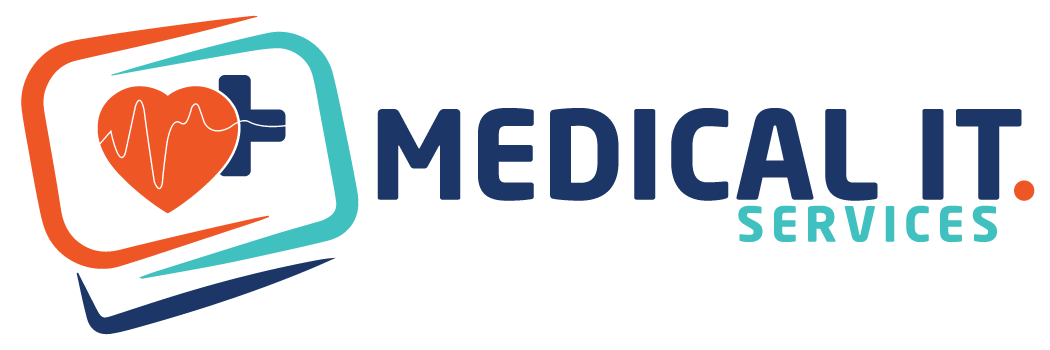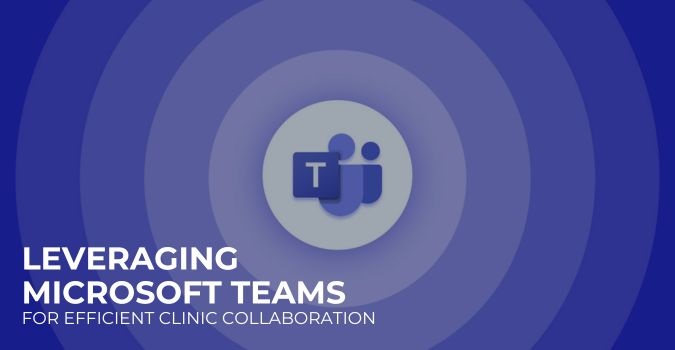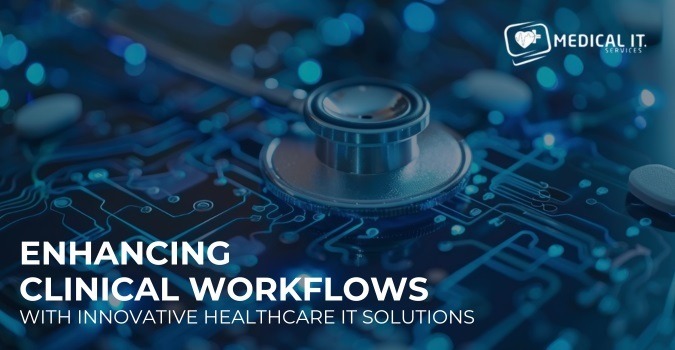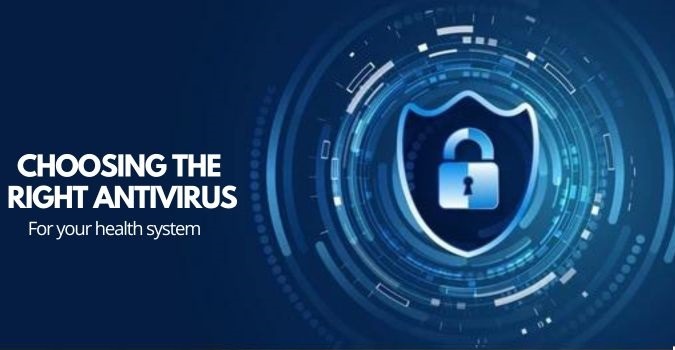In today’s fast-paced healthcare environment, effective communication and collaboration among clinic staff are essential for…
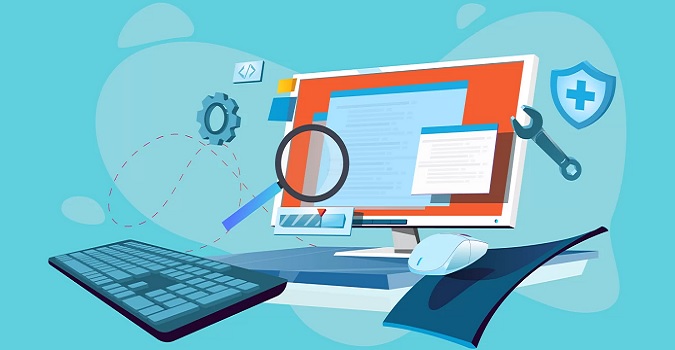
Tips for Maintaining IT Hardware and Software in Medical Practices
In today’s world, medical practices heavily rely on technology to provide the best possible care to their patients. Whether it’s using the electronic health record system to manage patient records, schedule appointments, or conduct complex medical procedures, IT hardware and software play a critical role in ensuring that healthcare providers can deliver quality services. However, with the constant evolution of technology, it’s essential to keep up with maintenance practices to ensure that IT systems are running smoothly. Here are some tips for maintaining IT hardware and software in medical practices.
Hardware Maintenance
Hardware maintenance is crucial in ensuring that equipment runs smoothly, lasts longer, and does not lead to system downtime or data loss. Here are some practices that healthcare providers should consider for effective hardware maintenance:
Regular Cleaning:
Dust and debris can accumulate in equipment and clog up cooling systems, leading to overheating and damage. Regular cleaning of hardware components such as keyboards, mice, and monitors can prevent this from happening.
Hardware Upgrades:
With the constant evolution of technology, the equipment can become outdated quickly. Providers should consider upgrading their hardware regularly to keep up with new software and technologies. This can also help improve the efficiency of the equipment.
Backup Power:
Power outages can lead to data loss and system downtime, which can be detrimental to patient care. Providers should consider investing in backup power solutions such as generators or Uninterruptible Power Supplies (UPS) to ensure continuity of operations.
Maintenance Contracts:
Maintenance contracts with vendors can provide access to regular maintenance and repairs, ensuring that equipment remains in optimal condition. This can also help in extending the life of the hardware.
Software Maintenance:
Software maintenance is essential in ensuring that IT systems run smoothly, operate efficiently, and remain secure. Here are some best practices that healthcare providers should consider for effective software maintenance:
Regular Updates:
Software updates contain bug fixes, security patches, and new features that can improve the functionality of the system. Providers should ensure that software is up-to-date to prevent security vulnerabilities and system downtime.
Antivirus and Malware Protection:
Healthcare providers handle sensitive patient data, making them a target for cyber-attacks. Installing antivirus and malware protection software can help in preventing and mitigating these risks.
Data Backup:
Data loss can occur due to hardware failure, human error, or cyber-attacks. Providers should ensure that they have a robust backup system in place to prevent data loss and maintain continuity of operations.
Training:
Staff training on software usage and maintenance can improve the efficiency of the system and reduce the likelihood of errors that can lead to system downtime.
How MedicalIT.Services Can Help?
We have over a decade of proven experience in providing best-in-class IT support for the Australian healthcare sector. Our highly trained IT experts will ensure that your IT hardware and software systems are up to date and your medical devices are running smoothly while you focus on your patient care.
Conclusion
Maintaining IT hardware and software is essential in ensuring that healthcare professionals can deliver quality services to their patients. Also, they should consider investing in regular cleaning, upgrades, backup power, IT support, and maintenance contracts for hardware maintenance. For software maintenance, providers should ensure regular updates, antivirus and malware protection, data backup, and staff training. By following these tips, medical practitioners can improve the efficiency of their IT systems, ensure continuity of operations, and protect sensitive patient data.
Also Read:
